
How to Use pixhawk r15: Examples, Pinouts, and Specs
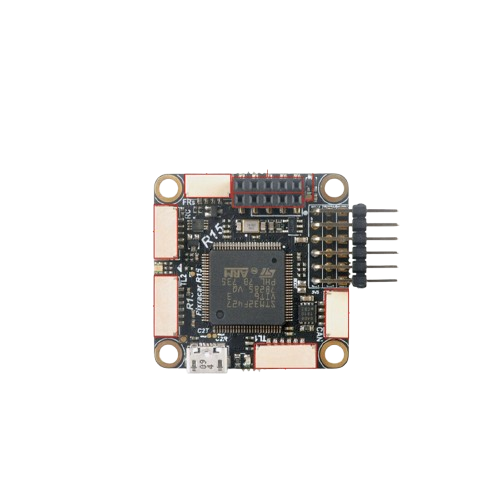
 Design with pixhawk r15 in Cirkit Designer
Design with pixhawk r15 in Cirkit DesignerIntroduction
The Pixhawk R15 is an advanced flight control hardware designed for drones and other unmanned vehicles. It features a powerful processor, multiple sensor interfaces, and compatibility with various autopilot software platforms, such as PX4 and ArduPilot. This versatile flight controller enables precise navigation, stable flight, and robust control for a wide range of applications.
Explore Projects Built with pixhawk r15
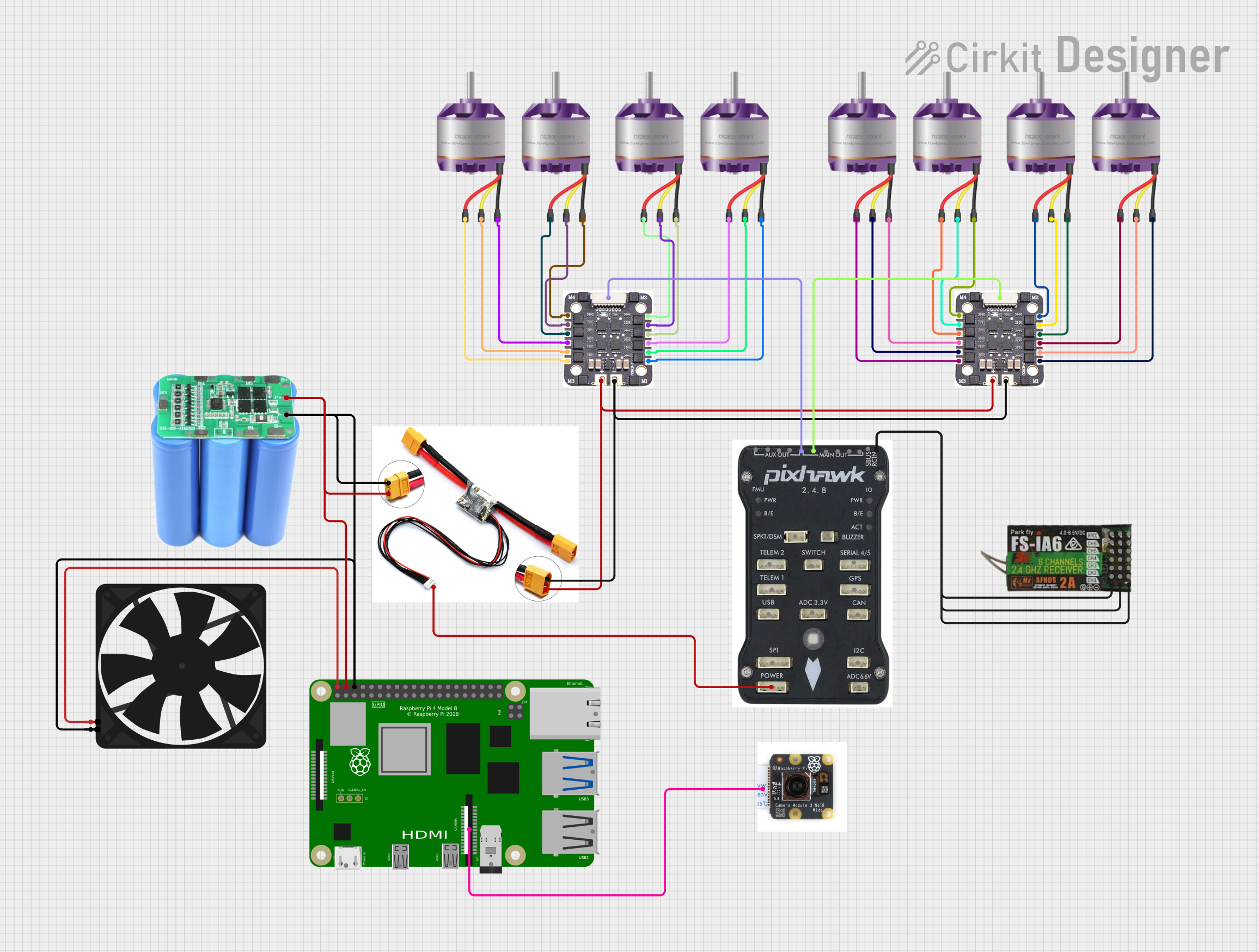
 Open Project in Cirkit Designer
Open Project in Cirkit Designer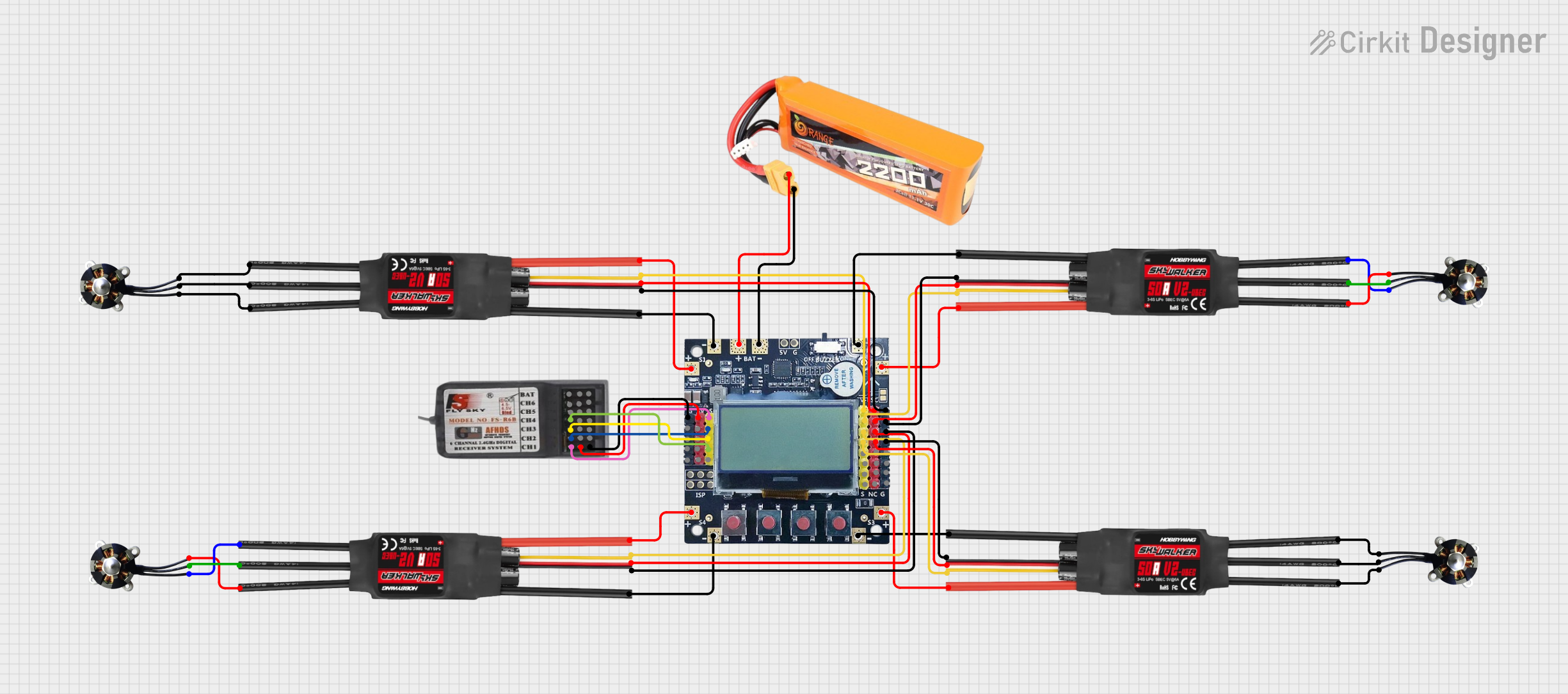
 Open Project in Cirkit Designer
Open Project in Cirkit Designer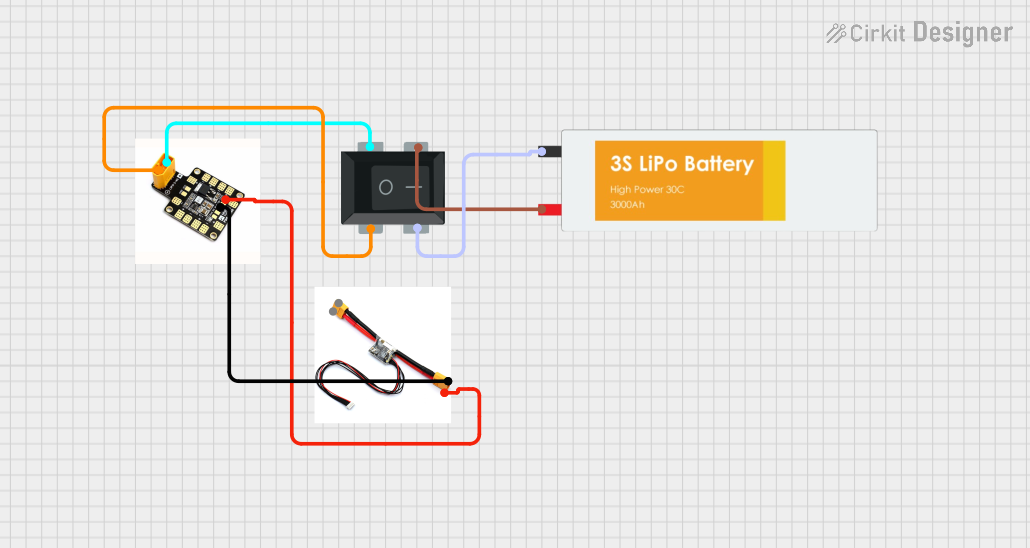
 Open Project in Cirkit Designer
Open Project in Cirkit Designer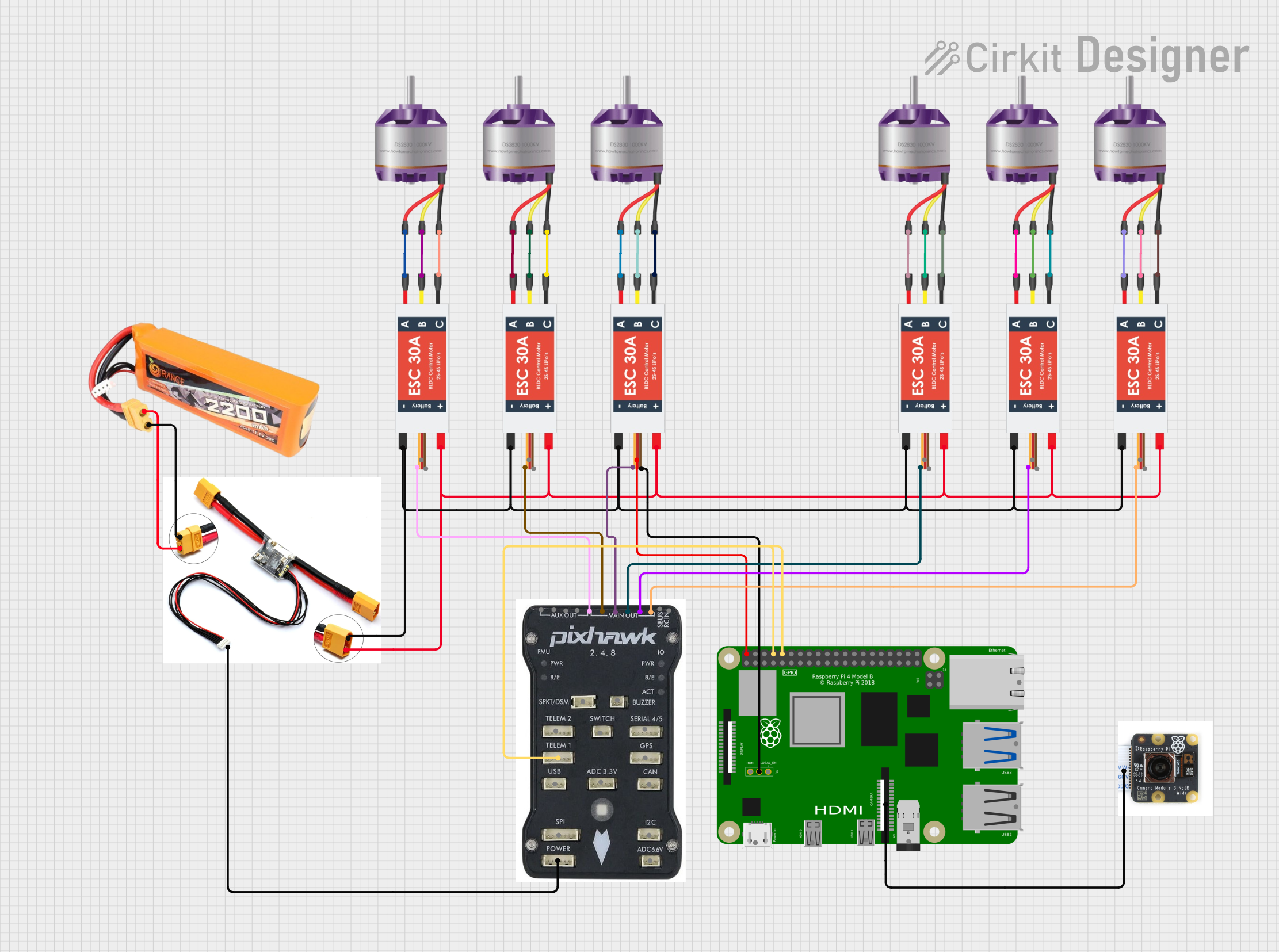
 Open Project in Cirkit Designer
Open Project in Cirkit DesignerExplore Projects Built with pixhawk r15

 Open Project in Cirkit Designer
Open Project in Cirkit Designer
 Open Project in Cirkit Designer
Open Project in Cirkit Designer
 Open Project in Cirkit Designer
Open Project in Cirkit Designer
 Open Project in Cirkit Designer
Open Project in Cirkit DesignerCommon Applications and Use Cases
- Multirotor drones for aerial photography, mapping, and surveying
- Fixed-wing UAVs for long-range missions
- Autonomous ground vehicles and marine vessels
- Research and development in robotics and autonomous systems
- Industrial applications, such as inspection and delivery systems
Technical Specifications
Key Technical Details
- Processor: STM32H7 microcontroller with ARM Cortex-M7 core
- IMUs (Inertial Measurement Units): Triple redundant IMUs for enhanced reliability
- Barometer: Dual redundant barometers for altitude measurement
- Input Voltage Range: 4.1V to 5.7V
- Power Consumption: ~2.5W (typical)
- Communication Interfaces:
- 2x CAN bus
- 5x UART
- I2C, SPI, and USB
- PWM Outputs: 8 main outputs, 6 auxiliary outputs
- Storage: MicroSD card slot for data logging
- Dimensions: 50mm x 50mm x 15mm
- Weight: ~38g
Pin Configuration and Descriptions
The Pixhawk R15 features multiple connectors for peripherals and sensors. Below is a summary of the key pin configurations:
Power Input
| Pin Name | Description | Voltage Range |
|---|---|---|
| VDD_5V | Main power input | 4.1V - 5.7V |
| GND | Ground connection | - |
PWM Outputs
| Pin Name | Description | Signal Type |
|---|---|---|
| PWM1-8 | Main motor/servo outputs | PWM |
| AUX1-6 | Auxiliary outputs | PWM |
Communication Interfaces
| Pin Name | Description | Protocol |
|---|---|---|
| CAN1, CAN2 | CAN bus interfaces | CAN |
| UART1-5 | Serial communication ports | UART |
| I2C | Sensor interface | I2C |
| SPI | High-speed sensor interface | SPI |
| USB | USB interface for setup | USB |
Other Interfaces
| Pin Name | Description | Notes |
|---|---|---|
| GPS | GPS module connection | Supports GPS+Compass |
| SD Card | MicroSD slot for logging | FAT32 format |
Usage Instructions
How to Use the Pixhawk R15 in a Circuit
Powering the Pixhawk R15:
- Connect a regulated 5V power source to the VDD_5V pin. Ensure the power supply can provide sufficient current for the connected peripherals.
- Alternatively, use a power module compatible with the Pixhawk R15 for simplified power management.
Connecting Peripherals:
- Attach motors or servos to the PWM output pins (PWM1-8 for main outputs, AUX1-6 for auxiliary outputs).
- Connect sensors (e.g., GPS, barometer, or IMU) to the appropriate interfaces (I2C, SPI, or UART).
- Use the CAN bus for advanced peripherals like LiDAR or gimbals.
Flashing Firmware:
- Connect the Pixhawk R15 to your computer via the USB interface.
- Use a ground control station (e.g., QGroundControl or Mission Planner) to flash the desired autopilot firmware (PX4 or ArduPilot).
Configuring the System:
- After flashing the firmware, configure the system using the ground control station.
- Calibrate sensors, set up flight modes, and define mission parameters.
Testing and Deployment:
- Perform a pre-flight check to ensure all components are functioning correctly.
- Test the system in a controlled environment before deploying it in real-world applications.
Important Considerations and Best Practices
- Always use a high-quality power supply to avoid voltage fluctuations that could damage the Pixhawk R15.
- Ensure proper vibration isolation for the flight controller to maintain accurate sensor readings.
- Regularly update the firmware to benefit from the latest features and bug fixes.
- Use a compatible GPS module with a compass for precise navigation.
- Secure all connections to prevent disconnections during operation.
Example: Connecting to an Arduino UNO
The Pixhawk R15 can communicate with an Arduino UNO via UART. Below is an example code snippet for reading data from the Pixhawk R15:
#include <SoftwareSerial.h>
// Define RX and TX pins for communication with Pixhawk
SoftwareSerial pixhawkSerial(10, 11); // RX = pin 10, TX = pin 11
void setup() {
// Initialize serial communication
Serial.begin(9600); // For debugging via Serial Monitor
pixhawkSerial.begin(57600); // Pixhawk UART baud rate
Serial.println("Starting communication with Pixhawk...");
}
void loop() {
// Check if data is available from Pixhawk
if (pixhawkSerial.available()) {
// Read and print data from Pixhawk
char data = pixhawkSerial.read();
Serial.print(data);
}
}
Troubleshooting and FAQs
Common Issues and Solutions
Pixhawk R15 does not power on:
- Check the power supply voltage and ensure it is within the 4.1V to 5.7V range.
- Verify all power connections and ensure the power module is functioning correctly.
Sensors not detected:
- Ensure the sensors are connected to the correct interfaces (e.g., I2C, SPI, or UART).
- Check for loose connections or damaged cables.
- Verify that the firmware supports the connected sensors.
Unstable flight or poor navigation:
- Calibrate the IMUs, compass, and barometer using the ground control station.
- Ensure the flight controller is properly mounted with vibration isolation.
- Check for firmware updates that may address stability issues.
Unable to flash firmware:
- Ensure the USB cable is functional and properly connected.
- Close any other applications that may be using the USB port.
- Try a different USB port or computer.
FAQs
Q: Can the Pixhawk R15 be used with fixed-wing aircraft?
A: Yes, the Pixhawk R15 supports fixed-wing aircraft, multirotors, and other vehicle types. Configuration can be done via the ground control station.
Q: What is the maximum storage capacity for the MicroSD card?
A: The Pixhawk R15 supports MicroSD cards up to 32GB formatted in FAT32.
Q: Does the Pixhawk R15 support dual GPS modules?
A: Yes, the Pixhawk R15 supports dual GPS modules for enhanced navigation accuracy.
Q: Can I use the Pixhawk R15 with ArduPilot?
A: Absolutely. The Pixhawk R15 is compatible with both ArduPilot and PX4 autopilot firmware.